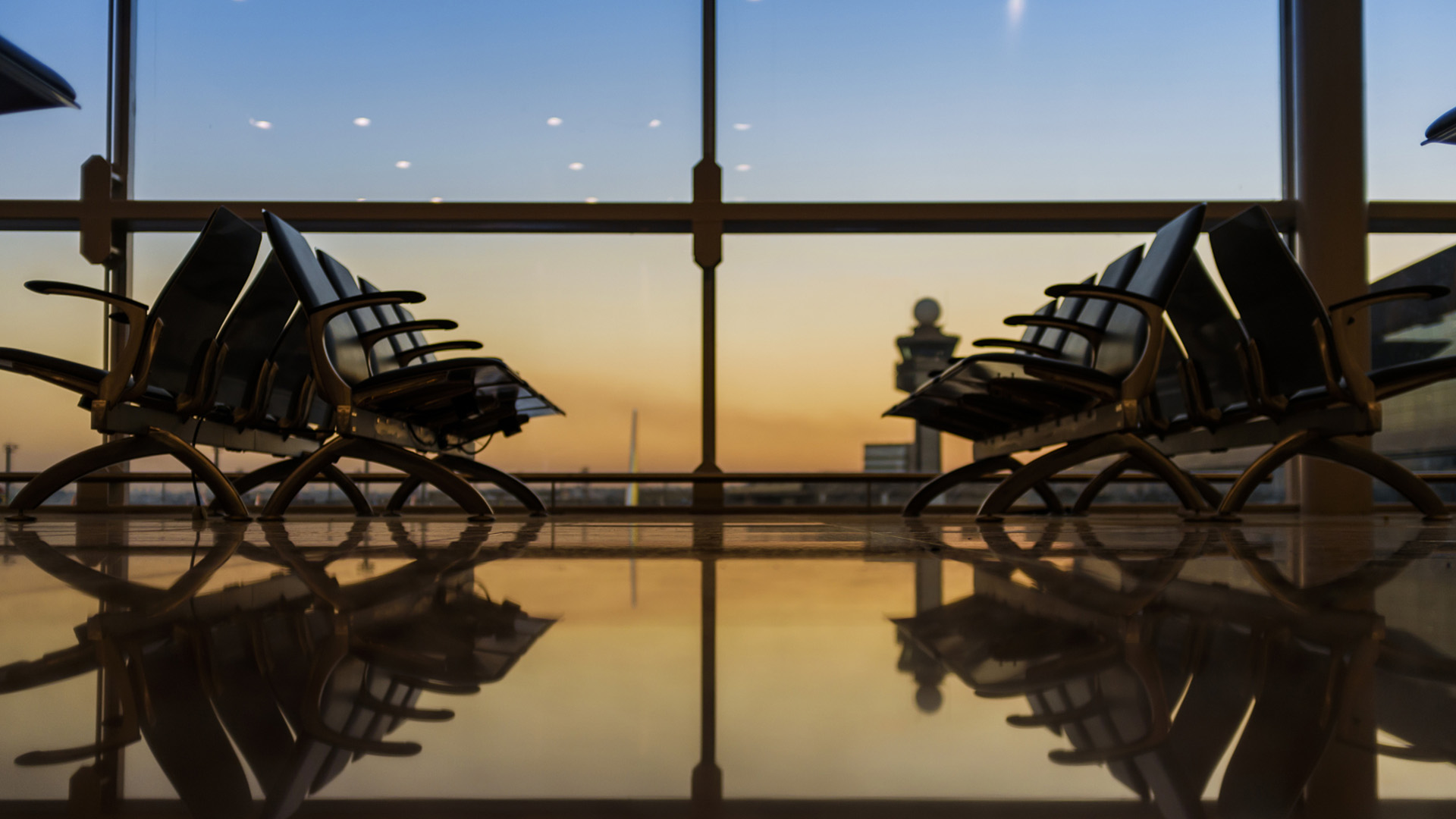Explore more

ASEAN has a sterling report card on tourism. With travel and tourism accounting for 12.4% of its GDP in 2015 (according to the World Travel & Tourism Council), Southeast Asia has beaten Asia Pacific’s average of 8.5% and a global 9.8%. Now, it’s targeting for that figure to grow to 15% by 2025 under the ASEAN Tourism Strategic Plan.
ASEAN hopes to arrive at tourist spending of US$1,500 per capita by 2025, up from US$877 in 2013. To do so will require a well-designed connectivity network and improved destination infrastructure, especially in terms of air transport, the main engine of growth in ASEAN tourism. Low-cost carriers (LCCs) have transformed Southeast Asia’s air travel industry and grown ASEAN’s tourist numbers. A move towards liberalising ASEAN’s air transport policies will further open new doors for the region’s travel and tourism.
ASEAN has been a key beneficiary of the emergence of LCCs in the Southeast Asia region. LCC seat capacity has more than quadrupled from 50.3 million seats in 2007 to 194.1 million seats in 2014. Since 2007, LCCs have gained traction quickly to replace full service carriers (FSCs) as the preferred mode of air travel within ASEAN, and have been gaining market share in mid- to long-haul flights.
But the real push for a spike in tourism numbers will come as ASEAN presses ahead with the liberalisation of its domestic aviation market through open skies programmes that extend beyond the intra-ASEAN region. This has enhanced air connectivity with major markets, most notably with China. With the establishment of the open skies agreement between ASEAN and China in 2010, China is now ASEAN’s largest single source of international tourist arrivals and account for 12.4% of total tourist arrivals.
In April 2016, ASEAN reached a significant milestone towards the establishment of an ASEAN Economic Community (AEC), as it finally achieved full ratification from its member nations on the ASEAN Open Skies (AOS) Agreements. Though some obstacles remain, the ratification is significant as it signifies commitment in moving towards a regional open sky arrangement to support regional economic integration, potentially paving the way for unlimited flights among ASEAN airlines.
As ASEAN’s tourism sector undergoes greater integration and pushes toward higher quality tourism, Southeast Asia’s air transport connectivity and infrastructure continues to be crucial to the region’s growth and its goal of becoming a single tourism destination for travellers across the globe.
For a full report on the effects of air travel on ASEAN's tourism, click here.